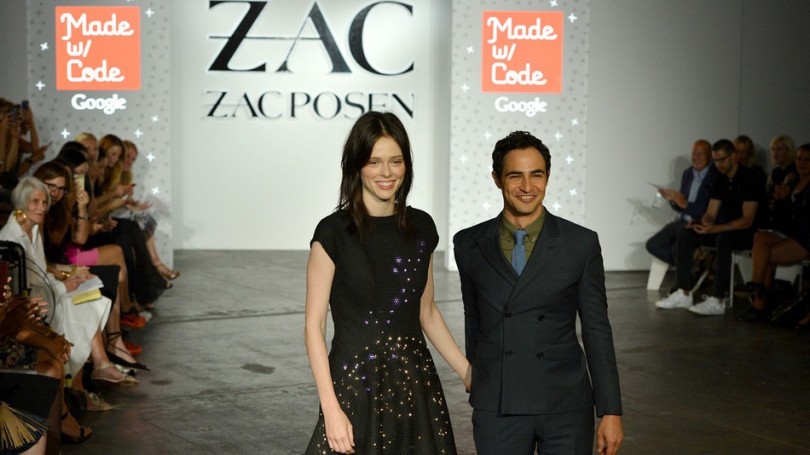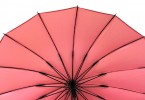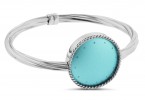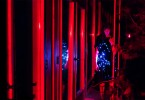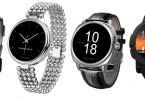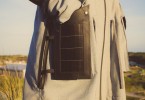Judging by the Zac by Zac Posen show at New York Fashion Week, wearable technology is truly making inroads among the tastemakers who set the trends for millions. The designer closed out his show with a head-turning LED frock that twinkled as the supermodel Coco Rocha modeled it, to epic applause.
Featuring 500 LED lights sewed into the bodice and skirt, the dress resembles the fusion of a black T-shirt with a flirty black tulle bottom. The LEDs brighten in different patterns, a look Posen staged to pay homage to the glitter and sparkle of Los Angeles at night. The lights come in a variety of vibrant colors, such as blue and yellow, and match the designer’s Spring/Summer 2016 runway collection.
Photo source: Instagram
Posen collaborated on the gown with the fashion engineer Maddy Maxey, who is also a mentor for Made with Code, a Google project that encourages young women to pursue science and technology careers by teaching them to code. Several participants in the project designed animated circuits for the dress. Posen and Maxey, meanwhile, chose the pattern of the gown, and determined the placement of its LED segments.
According to Mashable, Posen is open to incorporating technology into future designs. “My design process has definitely benefited from this experience and I will continue to look ahead in search of the next technology that can come to life through my creations,” he said.
Technology and fashion go hand in hand as this picture shows @cocorocha @madewithcode @google #zaczacposen #NYFW pic.twitter.com/TMtDWXUY0i — Zac Posen (@Zac_Posen) September 9, 2015
The enthusiastic reception of the dress may herald the fashion world’s increasing embrace of wearables. Thus far, technology companies have been far more enthusiastic about the sector than those in fashion, but with a designer of Posen’s caliber dipping his toe into it, that could change. The success of his LED dress, at such a prestigious event as New York Fashion Week, may prompt other designers to give wearable technology a second look. That could paint a rosy—and very pretty—picture for the field’s future.
For more information, see the full article here.

